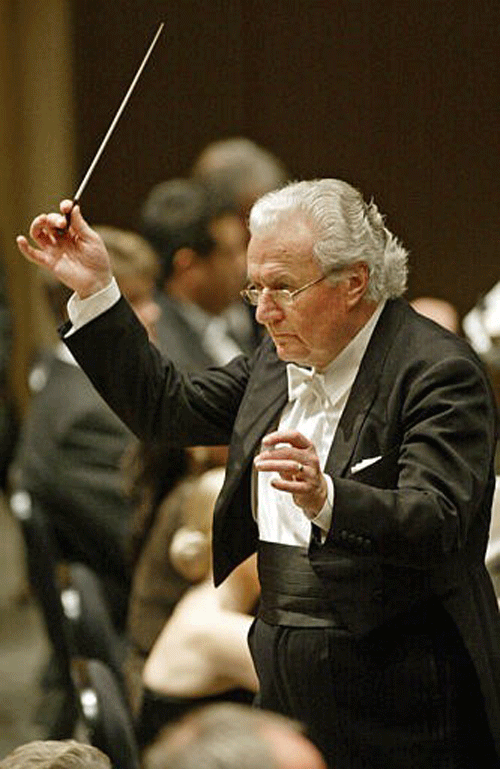St John Passion: LSO/Davis, Barbican, London

Contemporary settings of Christ's Passion have not yet shown the durability of Bach's. Krzystof Penderecki caused a stir four decades ago with his St Luke Passion, mixing avant-garde style into traditional forms, but where is it now? James MacMillan has delivered a St John Passion that stirred its premiere audience to a standing ovation, and seems made of sturdier stuff. True, its composer also made his name with a fusion of old and new ways, in formats that became sometimes predictable, but here the music showed a freshly thought quality to underpin its typical intensity of utterance.
The basis was choral: a small ad hoc professional group sang narrations from St John's Gospel in modern translation, often using chanted rhythms in quick-moving block chords, and the large London Symphony Chorus took most of the dramatic roles in freer style, backed by full orchestra. One vocal soloist, the baritone Christopher Maltman, sang Christ in arioso-like episodes, but there were no full arias, a feature that helped to propel the urgently concise drama.
Each of the first nine parts ended with, or wove in towards the end, a more reflective section using external biblical or liturgical texts: the most complex and extended music in the work except for its final part, an orchestral meditation with gleams of hope in an embedded horn melody, but returning to gloom.
With a similar punctuating role to the public chorales in baroque Passions, they were an almost exact opposite in their musical function, the most personal parts of the piece, relieving the accumulated tension by expanding and drawing together the threads of the composition.
Compressing the story into an hour and a half, MacMillan went big on betrayal, first by Judas, then by the high priests. There was an epic courtroom argument between Christ and Pilate, the latter sung by choral basses who gave him the character of a stern but cunning bureaucrat. St Peter got short shrift: no weeping over his denials, and a clear irony about his being called the rock of Christ's church.
The music often ran at high pace, its main respite a tender treatment of Christ's encounter with his mother, accompanied by the words of the "Stabat Mater", along with a halting lullaby and a Bach allusion. The alternation of textures gave the work its energy and variety, kept up through some characteristically extended climaxes.
Too many climaxes? Towards the end they tended to hector, especially in the Reproaches. Audiences are no longer congregations. But the rage was authentic MacMillan, true to the treatment.
Maltman sought out the lyrical core of this striking portrayal, while acknowledging its angry edge. Both choruses delivered with panache, while Sir Colin Davis – in a work commissioned for his 80th birthday – conducted the LSO with the directness he brings to one of the select few living composers that he champions.
Join our commenting forum
Join thought-provoking conversations, follow other Independent readers and see their replies
Comments
Bookmark popover
Removed from bookmarks